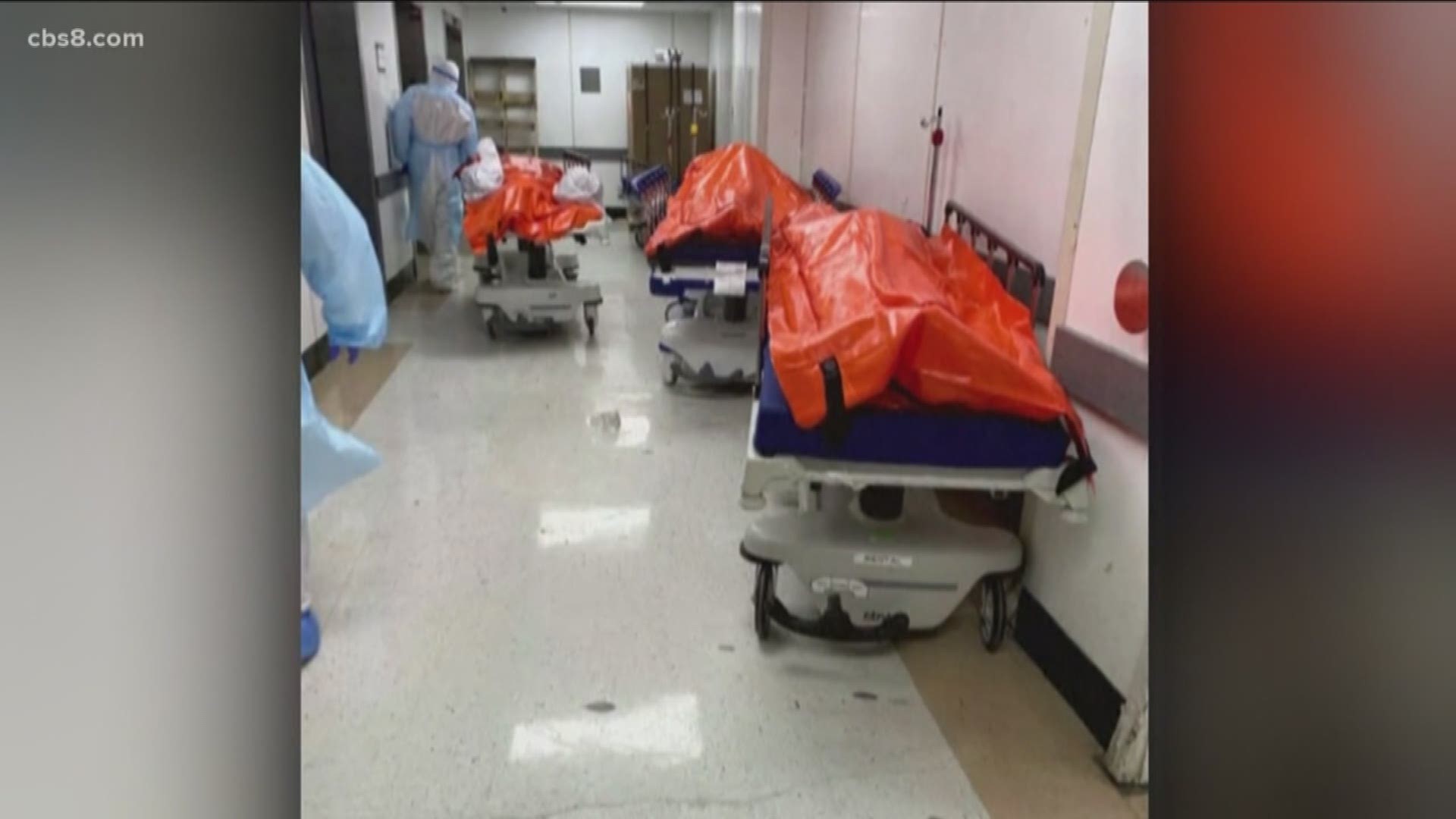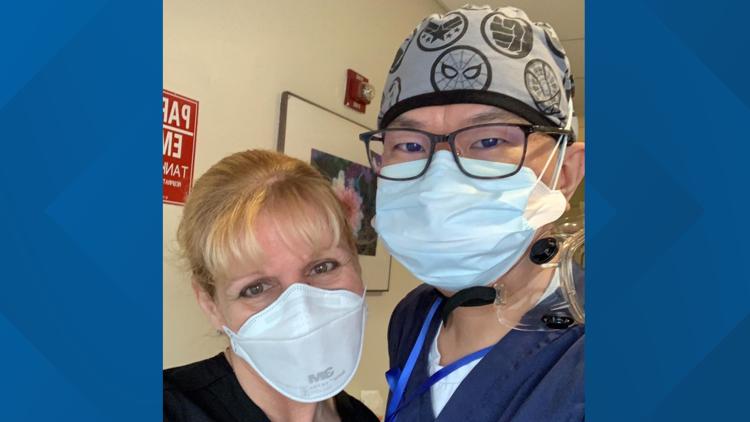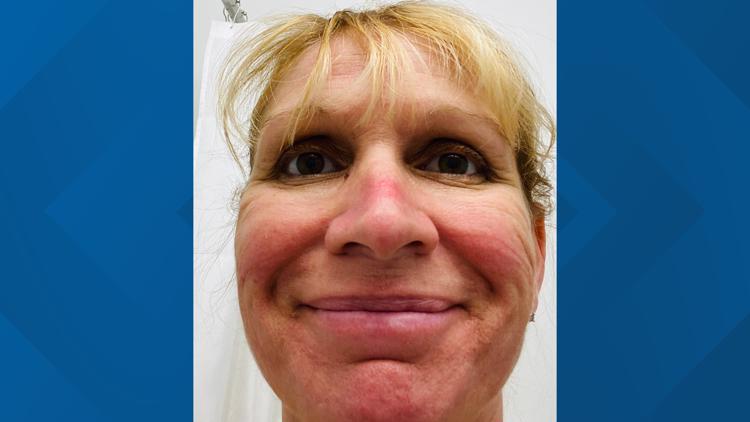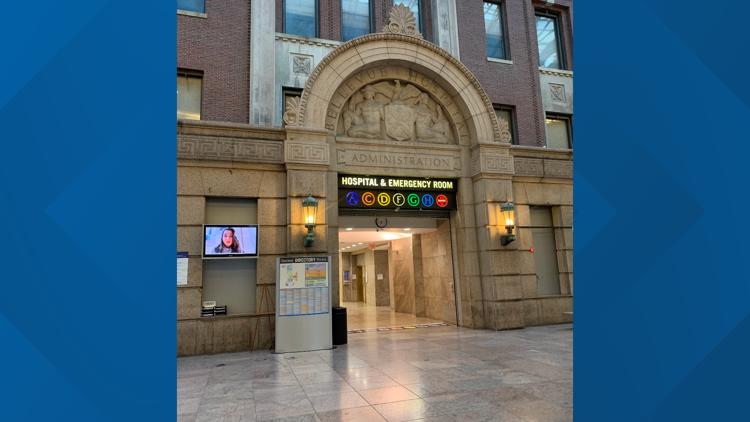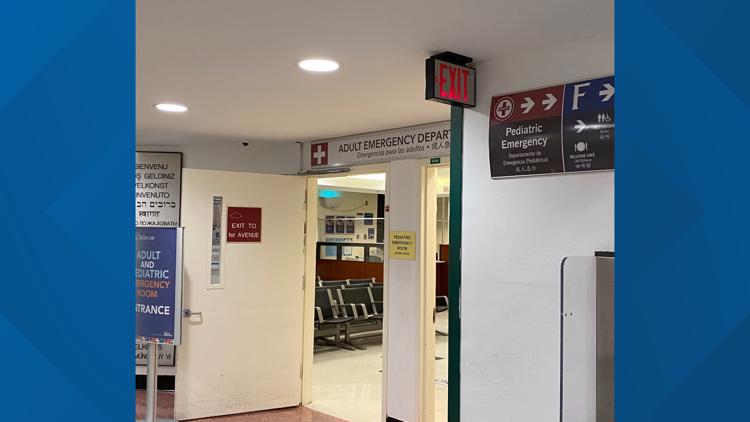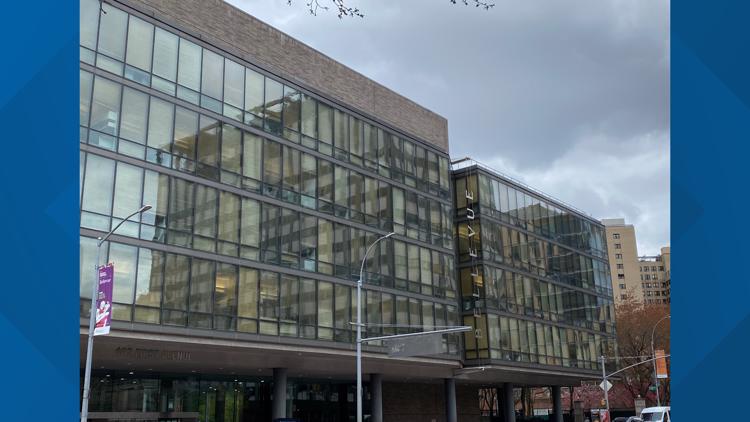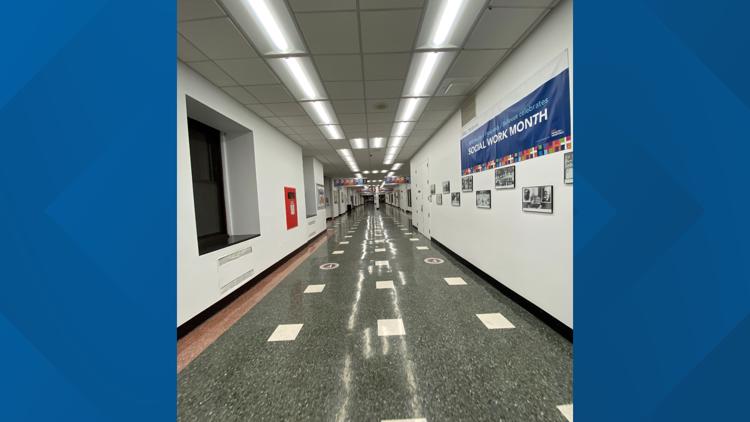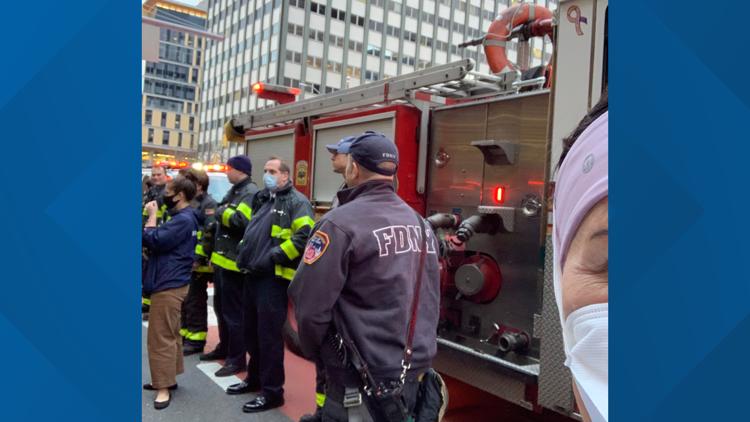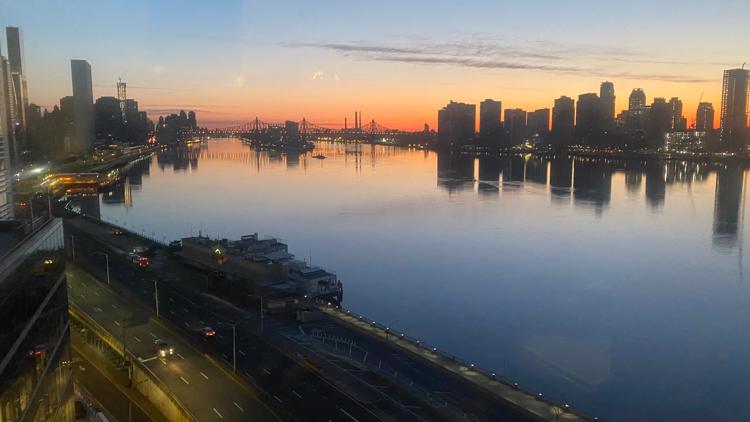SAN DIEGO — Nurse Tracy Contizano said she has dealt with every severe disease and trauma but she has never seen patients sicker than the ones in New York. She described going to work like going into battle with no breaks and no guarantee you won't go home infected with coronavirus.
“This is like something I have never seen in all of my 23-year nursing career. When you walk through those doors, this could be the day that I’m going to get COVID,” Contizano said.
Contizano is working in the epicenter of America’s coronavirus outbreak.
"I can feel the heat from COVID. It's airborne now - these ventilators make it airborne,” she said.
Contizano left the emergency room at UC San Diego to serve on the front lines in New York City at Bellevue Hospital in the ICU in Manhattan. It is the nation's oldest public hospital and one of the U.S.’s busiest medical centers.
"We don't get breaks. So we work the whole entire shift without any bathroom breaks, without any food breaks, barely any water breaks if we get any at all because it is a very hard shift,” Contizano said.
San Diego nurse witnesses terror working in New York amid coronavirus pandemic
Contizano said in that hospital alone, there are over 200 people on ventilators.
"These New York nurses are commendable - the fact that they are keeping in high spirits. They've been dealing with this since October, and most of the staff nurses are out sick with COVID, so I’m the one who has to step up and be that person who has to take that chance of getting COVID," Contizano said.
She has been working seven nights a week, every week for the past month while wearing a mask, googles and a face shield for 13 hours a day.
“I'm developing scabs on the inside of my eyes because of the pressure of the goggles being on there, and I have blisters on my nose and the back of my ears, but those are scars that will heal, patients lives are what matter,” Contizano said.
The pressure of saving lives among so much death has been taking a toll.
“I deal with patients that are septic. I deal with cancer patients. I have dealt with the sickest of sick patients in all of my 23-year career, and I have never seen anything like this. I was a naysayer I was someone who took this lightly as a nurse in San Diego. I would say, 'Oh you know, I haven't seen really sick patients from this,' until I came here,” Contizano said.
Contizano said she and other nurses are getting the proper PPE, but every night they run out.
“We are using the same masks, we're just putting masks over those masks,” she said.
Contizano is supposed to stay at the Bellevue Hospital until May 3 but says if her employer UCSD allows, she would like to stay another month because she really wants to help those in dire need in New York.
Contizano feels all the medical staff are going to suffer from PTSD after the worst of the pandemic is over.
See News 8's full interview with Nurse Tracy Contizano below:
RELATED: Tijuana doctors plead for help as hospitals overflow and residents refuse to social distance
View all News 8 coverage of coronavirus / COVID-19
News 8 has joined forces with The San Diego Foundation to raise immediate, emergency funds for our most vulnerable neighbors in need. Here is how you can help.
We also have a Frequently Asked Questions page we will continue updating with the latest information and reports.
Click here to watch "Facts Not Fear," a News 8 Special on coronavirus from March 26, 2020.
BACKGROUND
According to the CDC, coronavirus (COVID-19) is a family of viruses that is spreadable from person to person. Coronavirus is believed to have been first detected in a seafood market in Wuhan, China in December 2019. If someone is sick with coronavirus, the symptoms they may show include mild to severe respiratory illness, cough, and difficulty breathing.
Currently, there is no vaccine, however, the CDC suggests the following precautions, as with any other respiratory illness:
Know how it spreads
There is no vaccine
The best way to prevent illness is to avoid being exposed to the virus
It is thought to spread mainly from person-person between people in close contact
And believed to be spread by respiratory droplets produced when an infected person coughs or sneezes
Protect yourself
Wash your hands with soap and water for a minimum of 20 seconds
If soap and water aren't available, use hand sanitizer that contains at least 60% alcohol
Avoid touching your eyes, nose, and mouth
Avoid close contact with people who are sick
Put distance between yourselves and others
Protect others
Stay home when you are sick
Wear a facemask if you are sick
Cover your cough or sneeze with a tissue, then throw the tissue in the trash
If you don't have tissue, cough or sneeze into the inside of your elbow
Immediately wash your hands after coughing and sneezing
Clean and disinfect frequently touched objects and surfaces using a regular household cleaning spray or wipe
You can find information on disinfecting and cleaning on the CDC's How to Protect Yourself page.
The California Department of Public Health has issued guidance on the use of cloth face coverings to protect against the spread of the novel coronavirus COVID-19.
The County of San Diego has made face coverings mandatory for those working with the public including grocery stores, pharmacies, gas stations, convenience stores, and similar businesses.
While officials say these face coverings are not a substitute for practices like social distancing and handwashing, there is evidence to suggest that the use of cloth face coverings by the public during a pandemic could help reduce disease transmission. Officials do not recommend the public use N-95 or surgical masks which are needed by health care workers and first responders.

